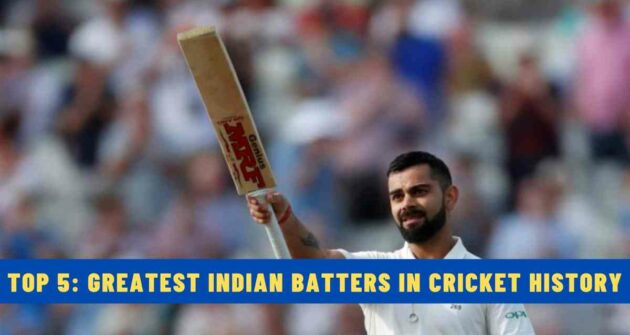The most important aspect of cricket is the surface, or 22-yard strip, on which the game is being played. It is commonly called the “Pitch” and dictates the direction in which the game is going. Hence, it is paramount that a cricket pitch is read properly by the team management (captain and coach) before making any game-related strategies.
A deep understanding of the pitch is crucial to find how it will behave through the course of the game. These include the physical attributes of the surface and the surrounding environmental factors, while also considering the historical aspect.
So, reading a pitch properly can yield results, and this article gives a glimpse into how one can interpret different types of pitches. They can be separated by how it looks, how it feels, the grass cover, and the overhead conditions.
Table of Contents
How Does it Look Visually?
The colour of the pitch indicates what kind of surface is in store for the team. If it is green in colour, then it means there is a lot of grass, which should favour seam bowling, and the bowlers will get a lot of movement. On the other hand, if it is brown or dry, then spinners will have a say, as it tends to break up as the match goes on.
The other one is a damp pitch, which means there is enough moisture to aid swing and seam bowling. This pitch favours bowlers more than batters, as the latter have to be watchful in their approach.
Tinge of Green
There are surfaces that will have an even covering of grass, which means it will have a consistent bounce and carry, making it an even contest between bat and ball. If the grass is patchy, then it will make batting a tad more difficult as the batters need to get used to inconsistent bounce.
Also Read | How Many Bouncers are Allowed Per Over in Cricket?
Texture and Feel
There are two types of surfaces in this regard: one is a hard pitch, and the other is a soft pitch. In the case of a hard pitch, the batter can play with ease as the ball comes onto the bat real nicely. There will be consistent bounce and value for shots percentage is high.
A soft pitch can be characterised as being tacky and slow. This could largely aid bowlers, and batters need to work hard as bounce can be unpredictable. One has to touch and feel the hardness of the pitch.
External Factors
Climatic conditions or overhead conditions have a say in cricket, unlike any other sport. If the sky is overcast, then it could help in swing bowling,
If the sky remains sunny, then it invariably favours batters and spinners as the match progresses. Sun beating down creates cracks on the surface and they open up more with time, making life difficult for batters, especially in Tests.
With that being said, it depends on the pitch conditions as well. Apart from that, looking into the history of how the contests have panned out before in that venue can help teams.
These things also dictate how much rolling should be done. Using heavy rollers on hard surfaces makes it even more conducive for batting but if the pitch is soft, then it could make it crumble.
Read Next | Why do Cricketers Wear Whites in Test Matches?











